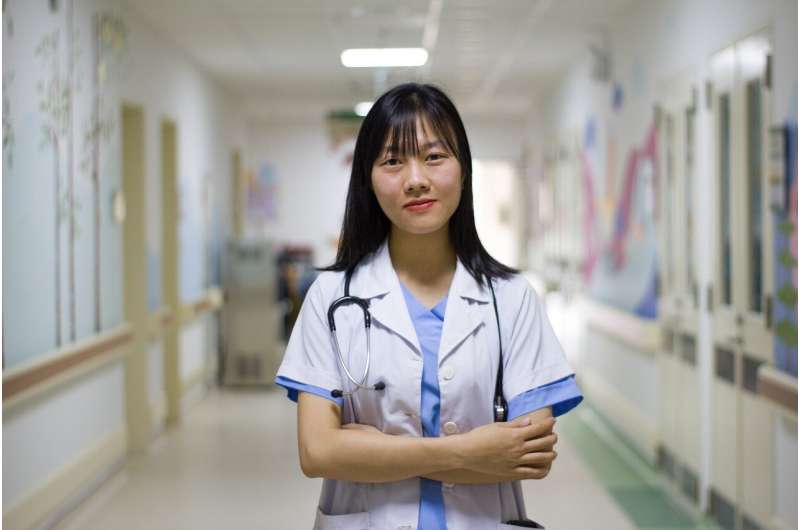
Applicants and matriculants to U.S. medical schools in recent years have increasingly come from households with higher incomes, a new Yale-led study reveals. The findings, the researchers say, raise questions about who has access to medical education and could have negative impacts on patient care.
The study was published in the Journal of the American Medical Association (JAMA).
Using deidentified data from the American Medical College Application Service, the researchers evaluated the childhood household income—or the level of family income during the majority of an individual’s life up to age 18—for all U.S. medical school applicants and matriculants between 2014 and 2019. They then assessed the income distribution among these students.
“We found that over that time period, the percentage of applicants to medical school who came from households with an annual income of $200,000 or more increased, while students who came from families with income less than $75,000 decreased by the same rate,” said Mytien Nguyen, an M.D.-Ph.D. student at Yale School of Medicine and lead author of the study.
That pattern held true for medical school matriculants as well, Nguyen and her colleagues found. Further, when they compared acceptance rates between the lowest income bracket—from families that earned less than $50,000 per year—and the highest—more than $200,000—they found that those in the lowest income level were half as likely to be accepted to medical school as those in the highest.
“Ultimately, we found that the socioeconomic diversity of medical school applicants and matriculants has decreased over time,” said Nguyen.
The researchers note that medical education debt may play a role; not only has medical school become more costly, but so too has applying and preparing for medical school.
Interestingly, the researchers found that as household incomes increased, the likelihood of students being accepted into medical school did as well.
“I think that is really fascinating,” said senior author Dowin Boatright, formerly of Yale School of Medicine, who is now vice chair of research in the Department of Emergency Medicine at New York University Grossman School of Medicine. “Our findings suggest that money has a strong influence on students’ ability to apply to and ultimately attend medical school, and it raises the question as to whether we really have a meritocracy or does privilege buy entry into the medical profession?”
This lack of diversity will ultimately affect patients, researchers said.
“The medical student body is not reflective of our patient population,” said Nguyen. “For low-income patients, there are structural barriers they have to navigate in order to receive care. And in medical school, we don’t receive training on how to navigate those systems, like how to apply for financial assistance, for example. Essentially, we’re not generating a medical workforce trained to provide care to our most vulnerable populations.”
Medical education debt reform would help address this disparity, said the researchers, as would a more holistic review of medical school applications.
“It’s important now for medical schools to reflect on whether their application review actually incorporates measures of a person’s socioeconomic status,” said Boatright, “and whether they see that as something that can positively influence their cohorts of trainees and ultimately benefit patients.”
Mallory Locklear, Yale University

